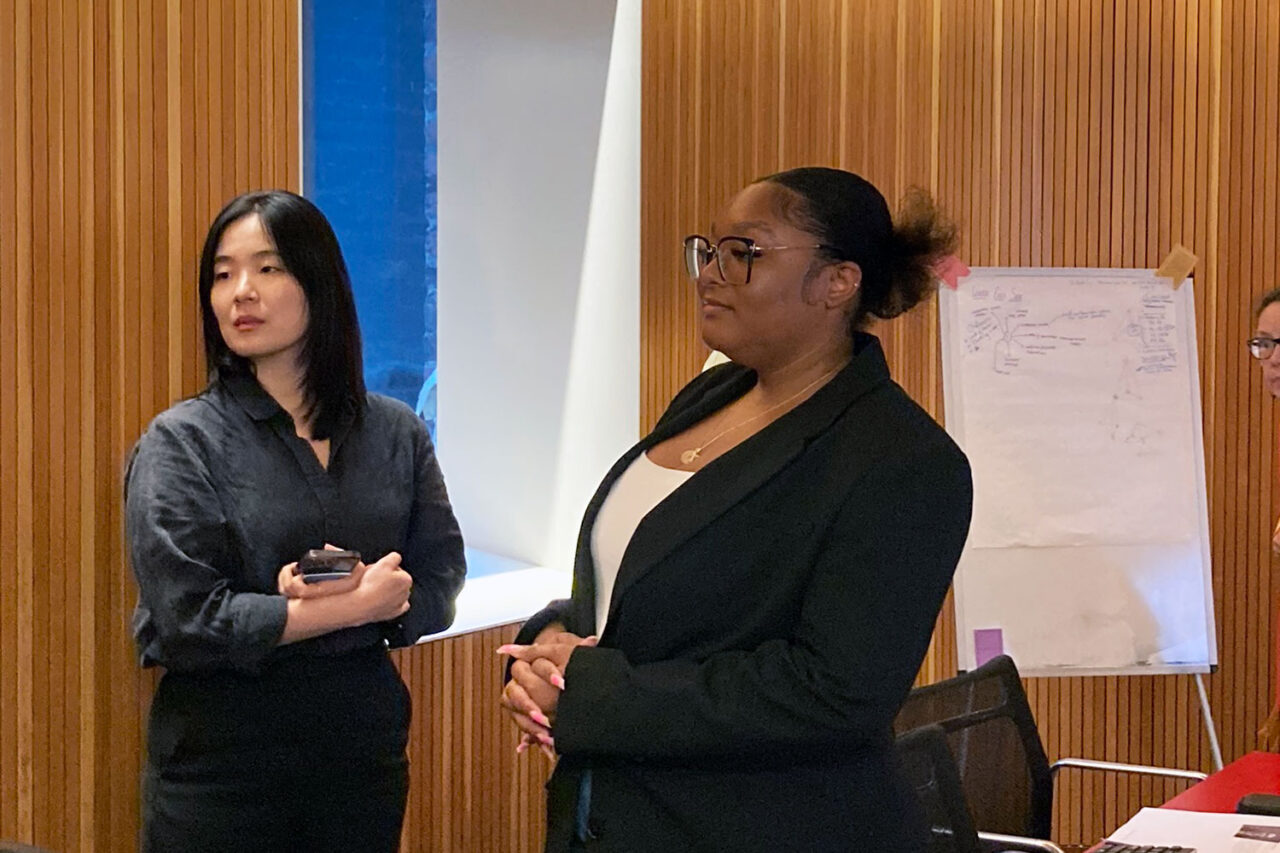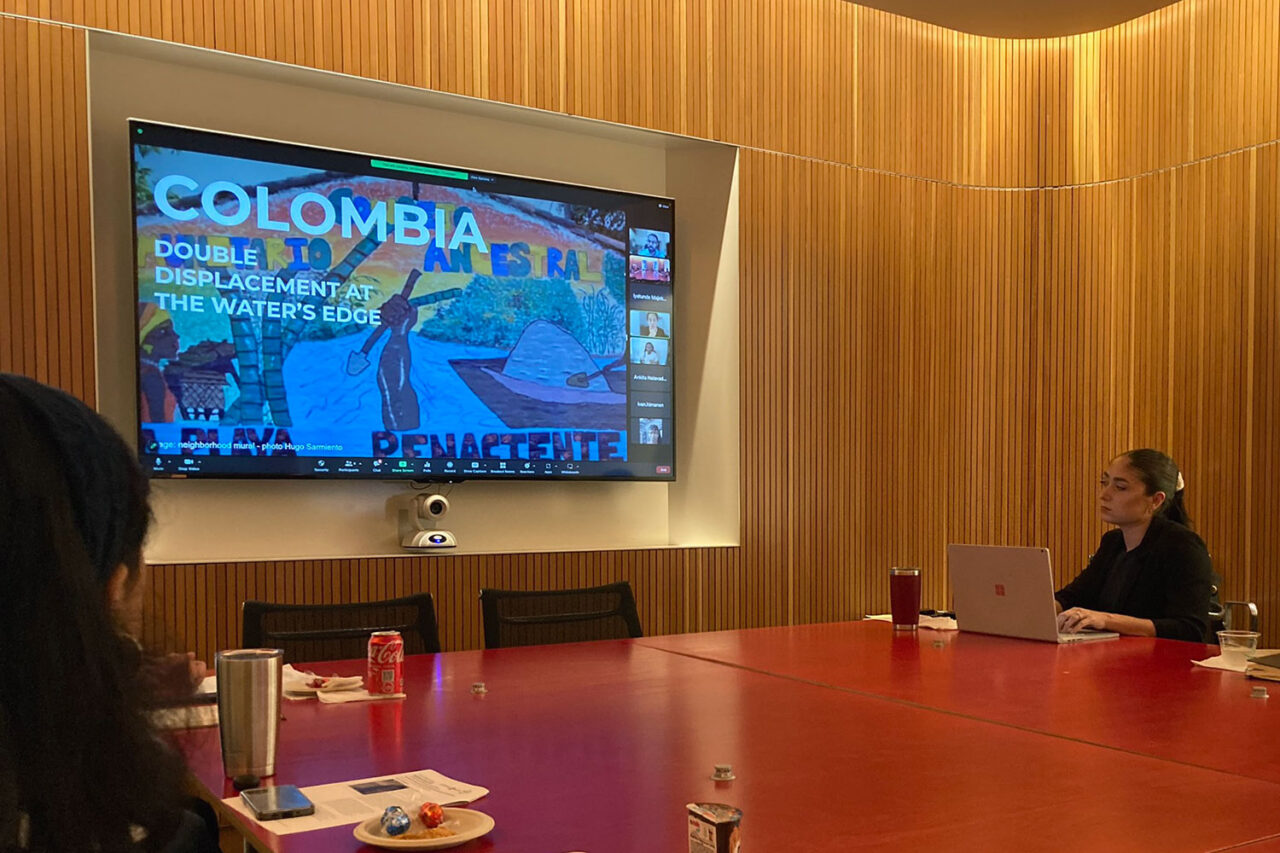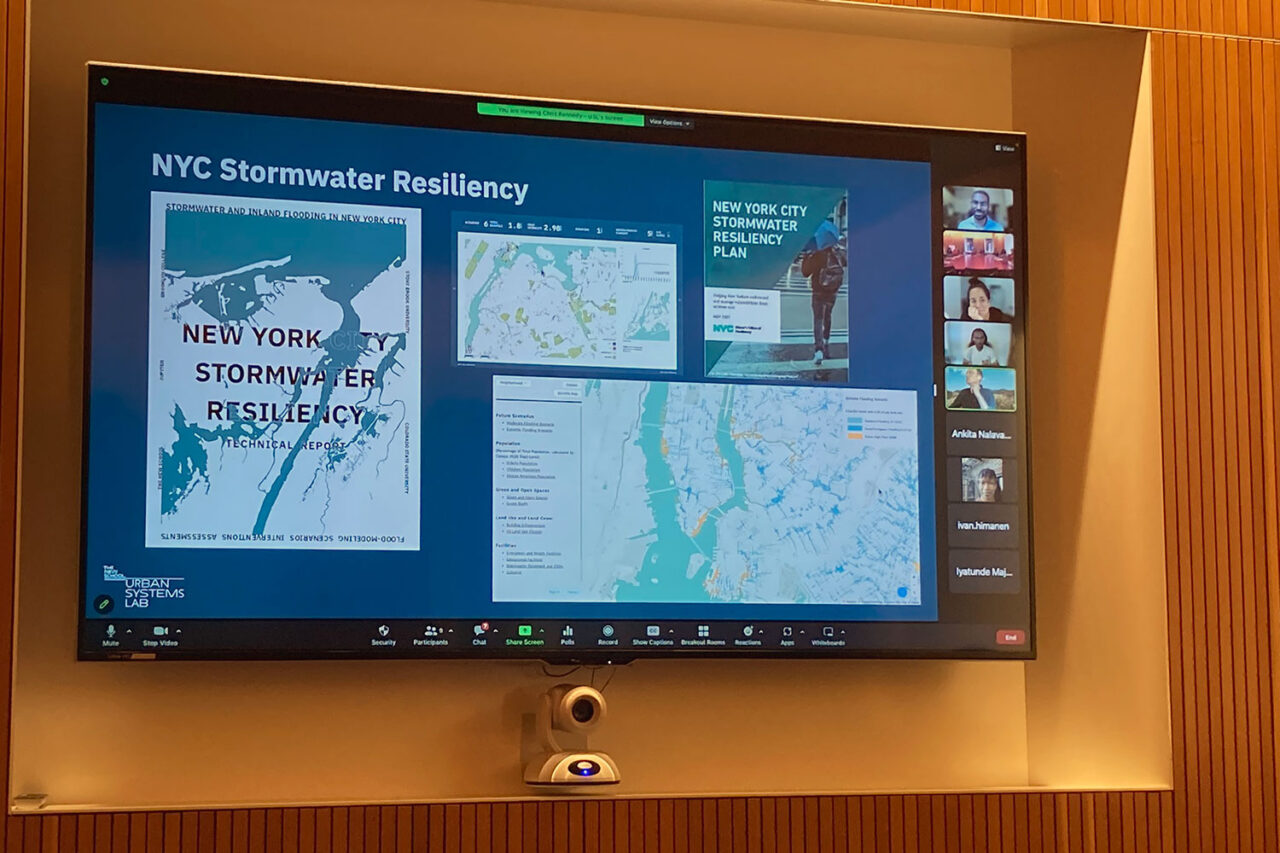by: Dongzoo Han and Alexis Clarke
By Dongzoo Han and Alexis Clarke
One of the most fundamental roles of the built environment is to protect society. Every member of society must be equally protected, especially under the most hazardous situations. Committed to the idea that everyone should be able to afford and access resilient infrastructure and emergency resources to secure their safety, the 10 fellows of AIA New York’s Civic Leadership Program gathered to explore how to increase emergency preparedness and infrastructure for vulnerable communities.
Dongzoo Han and Alexis Clarke opened the topic by identifying the emergency typologies of underserved communities—low-income, BIPOC, unhoused, disabled, LGBTQIA+—and their needs as related to resilient infrastructure and emergency preparedness. The framework of affordability (financial equity/sustainability) and accessibility (universal design/usability) was set to determine the effectiveness and inclusivity of the city’s readiness for emergency and disasters.
Four experts from various backgrounds with wide range of experiences in equitable design, research, urban planning and philanthropy were invited to speak: Wil Jones, Senior Associate, Equity & Economic Opportunity, Rockefeller Foundation; Alexander Meeks, Director, HR&A; Johanna Lovecchio, Associate Director, Center for Resilient Cities and Landscapes Columbia University; and Christopher Kennedy, Associate Director, Urban Systems Lab The New School. Focusing on resilient infrastructure and disaster planning and recovery, the session investigated our roles and how to approach the following:
1) Detection of weakness in advance of contingencies, as related to systemic racism in planning and infrastructure
2) Identifying the vulnerable or at-risk communities
3) Integrating these communities into design and planning
4) Providing effective communication and translation of available resources and emergency preparedness plans
The discussion revealed the importance of policy and political will amongst designers, planners, policy makers, and community leaders to enforce regulations beyond the minimum standards to expand accessibility to resilient design and planning practices. The session emphasized efforts to meticulously and objectively analyze community issues, not only to recognize topmost tasks, but also to drive interest and financial investment from government and funding agencies.
Based on the framework and insights from the discussion, cohorts and advisors assessed and examined the city’s readiness for emergency and disasters for underserved communities. Using the five boroughs as a case study, the group focused on the neighborhoods where environmental degradation and social economic inequalities and challenges frequently prevail. Then, each group examined severe disaster scenarios from the perspective of residents with different vulnerabilities: vision impairment, hearing difficulties, mobility difficulties, homelessness, and low-income. Even with digital fluencies, the workshop concluded that enough resources were not always provided or accessible.
After identifying those needs, fellows were assigned roles such as architects, urban planners, funding agencies, policy makers and community leaders. Possible solutions were discussed to enhance affordability and accessibility. However investments are allocated, collaboration between experts and communities will be the key to extend and expand resilient design and emergency preparedness to more communities for a safer society.











